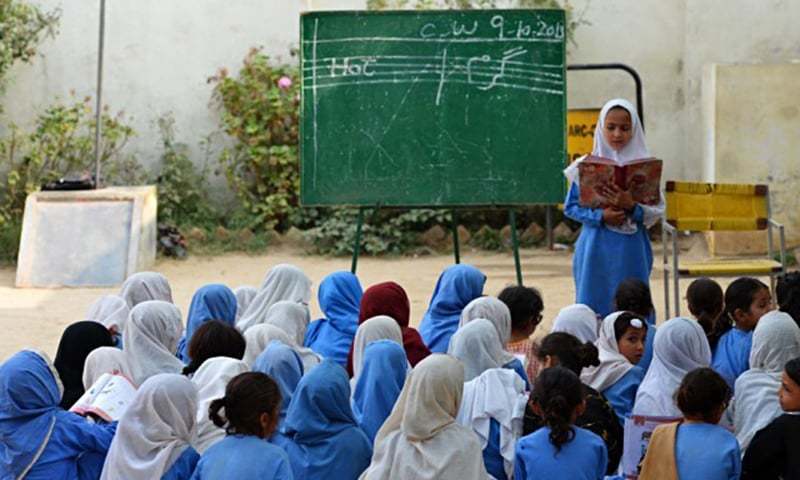
The way forward: Investment for youth empowerment, education emphasised
First and foremost, addressing Sindh’s education crisis depends on how much money is spent on education. To the credit of Sindh government, there is a consistent increase in the budget allocated for education by the province. Since 2010, the total budget has increased from Rs23.06 billion allocated in FY 2010-2011 to the current allocation of Rs160.7 billion representing 28% of the total provincial budget outlay for FY 2016-2017. Moreover, these figures get more interesting if we dig deep and look at how well the money is spent. In previous years, the largest chunk of this budget was spent on raising teachers’ salaries and the so-called ‘School Specific Budget’. Of course, the problem with shifting more resources to lower levels of education and that too on teacher-related salaries is that it is also the area where more than 7,000 ghost schools exist. Teachers are simply drawing salaries without performing their duties. What is required instead is for the government to rather stimulate infrastructure that renders an enabling environment for learning and enhances its development-related expenses. There are always potential trade-offs that need to be made.
However, money alone won’t solve education problems. The real magic of improvement takes place in the classroom. Unfortunately, teacher absenteeism, corruption and nepotism plague most public schools in the province. In this regard revamping teachers’ hiring procedure is a significant push towards transparency and accountability by the Sindh Education and Literacy department. As part of the reform programme, teachers are now recruited through a rigorous procedure involving a test conducted by a third party National Testing Service (NTS), verification from an independent Reform and Support Unit (RSU) and a final vetting from the donor agency. Naturally, this involvement of multiple stakeholders in the recruitment process makes the system highly competitive, which in turn shall pave way for qualified teachers to be at the helm of teaching affairs. We must also understand that in today’s education system, the role of teacher is highly indispensable. Since the 21st century demands a holistic approach to education, our schools need to encourage children to think outside the box, nurture curiosity and help flourish innovation and creativity. All this is only possible if our classrooms are equipped with teachers who have the right set of skills.
From private to public: 34,000 students make transition to government schools
Thirdly, another step in the right direction is the regular assessment of students’ learning outcomes under SAT (Standardized Assessment Test). The importance of an assessment system to guide evidence based policy for an effective reform cannot be denied. SAT is primarily designed for this purpose, ie to gauge how students are performing in mathematics, science and language subjects. The Sindh Education and Literacy department carries this exercise annually through a third party, Sukkur IBA, and publishes a performance report. Though the results are not encouraging, but such a venture is crucial to examine and inform public policy questions and discussions in the province. Similarly, for public and donor agencies, SAT results could be used to enhance accountability by keeping a check on whether the money spent by the government has achieved intended goals of improving the state of education in the province. Likewise, this could also help inform government budget allocations and guide policy decisions. However, to make such evaluations more effective, it is imperative that such assessments are not restricted to a selected sample as currently practised but are enhanced to include all students.
While policies like these have improved the education sector in the province and reduced the number of out-of-school children between the ages of 5-16 years from 7.3 million to 6.5 million. Nevertheless, Sindh government still has a mammoth task to fulfil its constitutional obligation of achieving 100% enrollment. The biggest of these challenges is the ‘quality’ of education. I have visited some public schools in the district Shikarpur. Amongst the five government schools I visited, none of the third and fourth grade students enrolled there were able to read or respond properly in English, except for recounting basic alphabets. Third grade students found it difficult to answer the simple question, “Where do you live?”
The writer is a graduate from LUMS, who is currently a DAAD scholar 2014 for Masters in Public Policy and Good Governance in Germany.






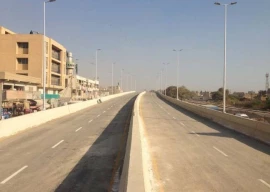
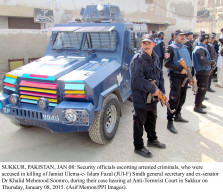



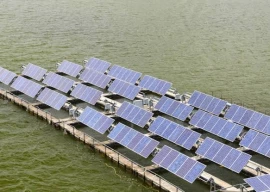


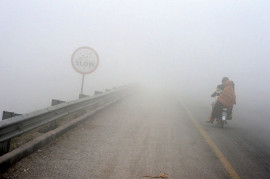

1734778885-0/Untitled-(10)1734778885-0-270x192.webp)






COMMENTS
Comments are moderated and generally will be posted if they are on-topic and not abusive.
For more information, please see our Comments FAQ